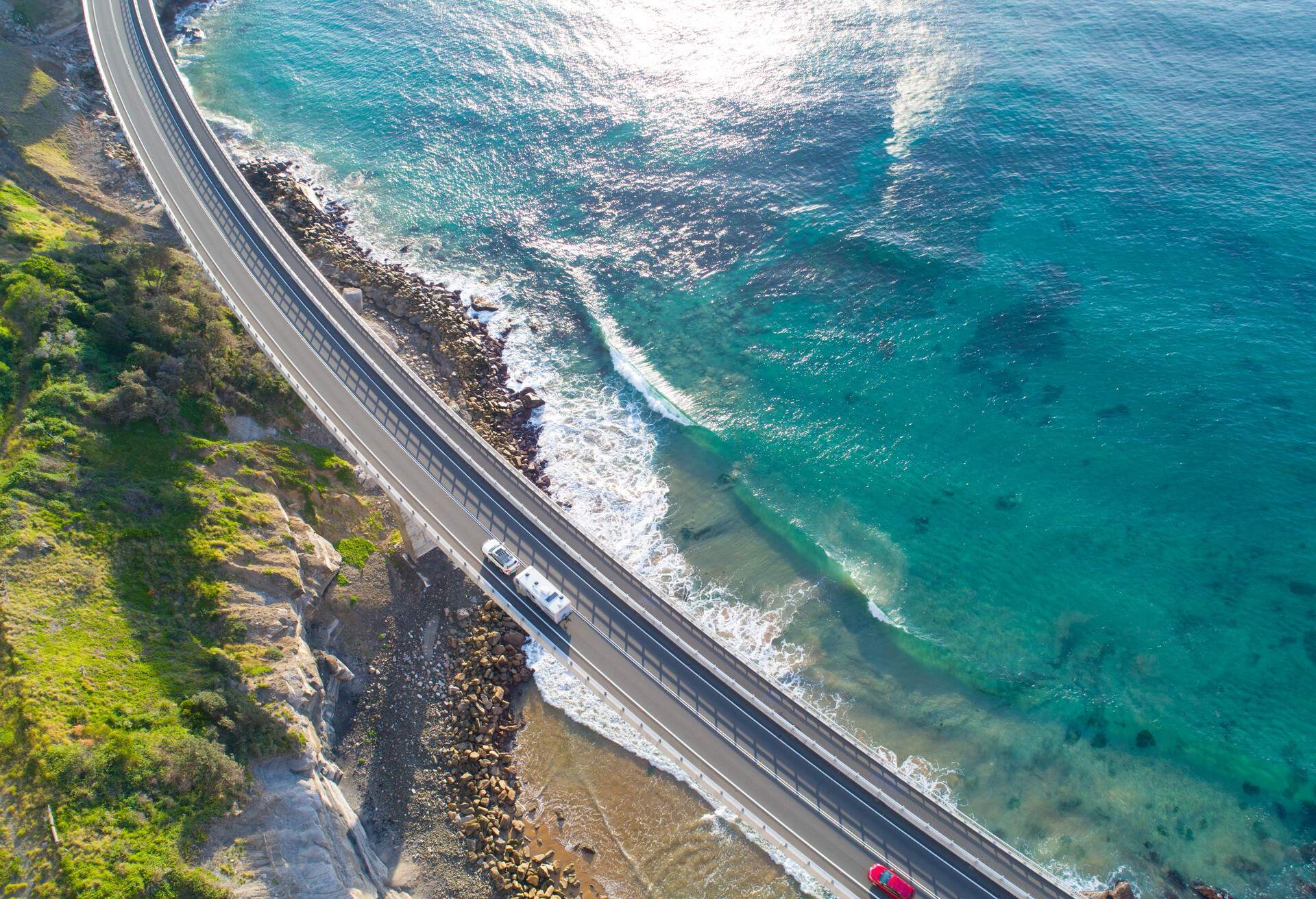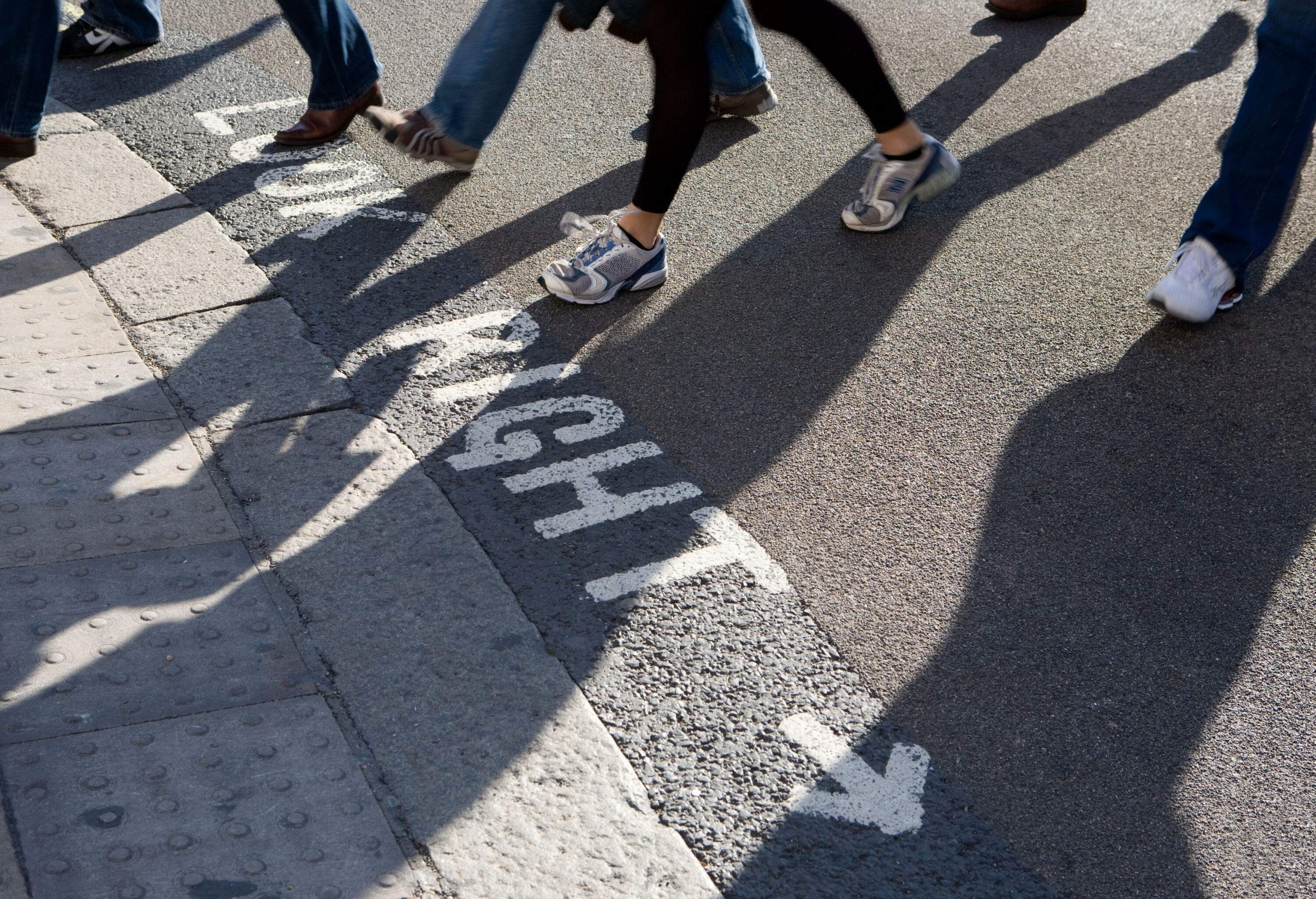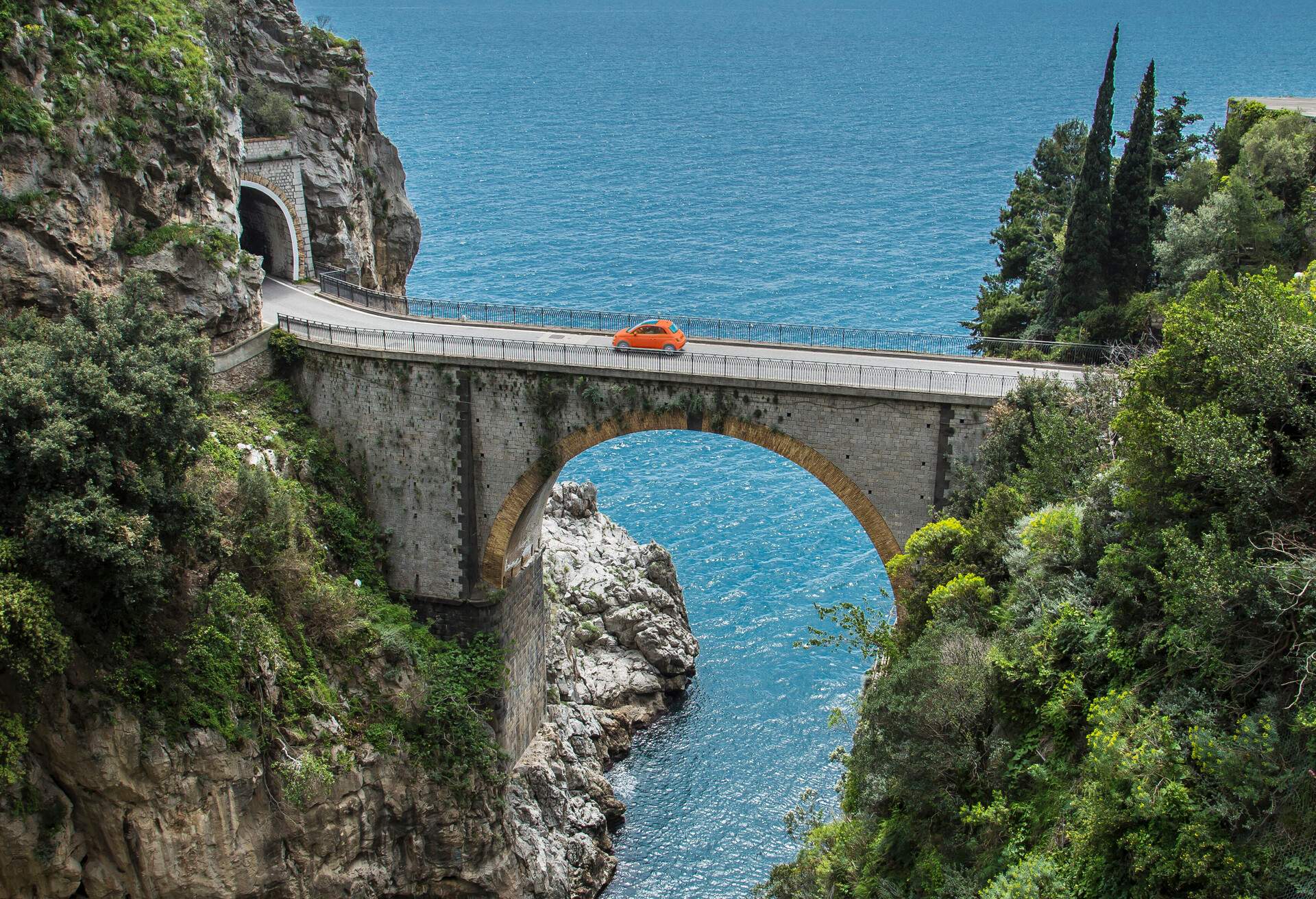Hiring a car on holiday usually leads to wonderful discoveries and is often a highlight of a trip. However, there are some concerns when driving abroad. According to surveys, many drivers have concerns when driving abroad, especially when visiting countries that drive on the left.
Which countries have left-hand traffic and what do you need to think about behind the wheel in these destinations? Read my guide with many useful tips when you visit countries that drive on the left.
General facts about countries that drive on the left
Throughout history, places where many people and vehicles converge have required rules and regulations for obvious practical reasons. If enough vehicles (or horse-drawn carriages, back in the day) meet and go in different directions without those rules, traffic jams or worse can occur and in the end, no one can move.
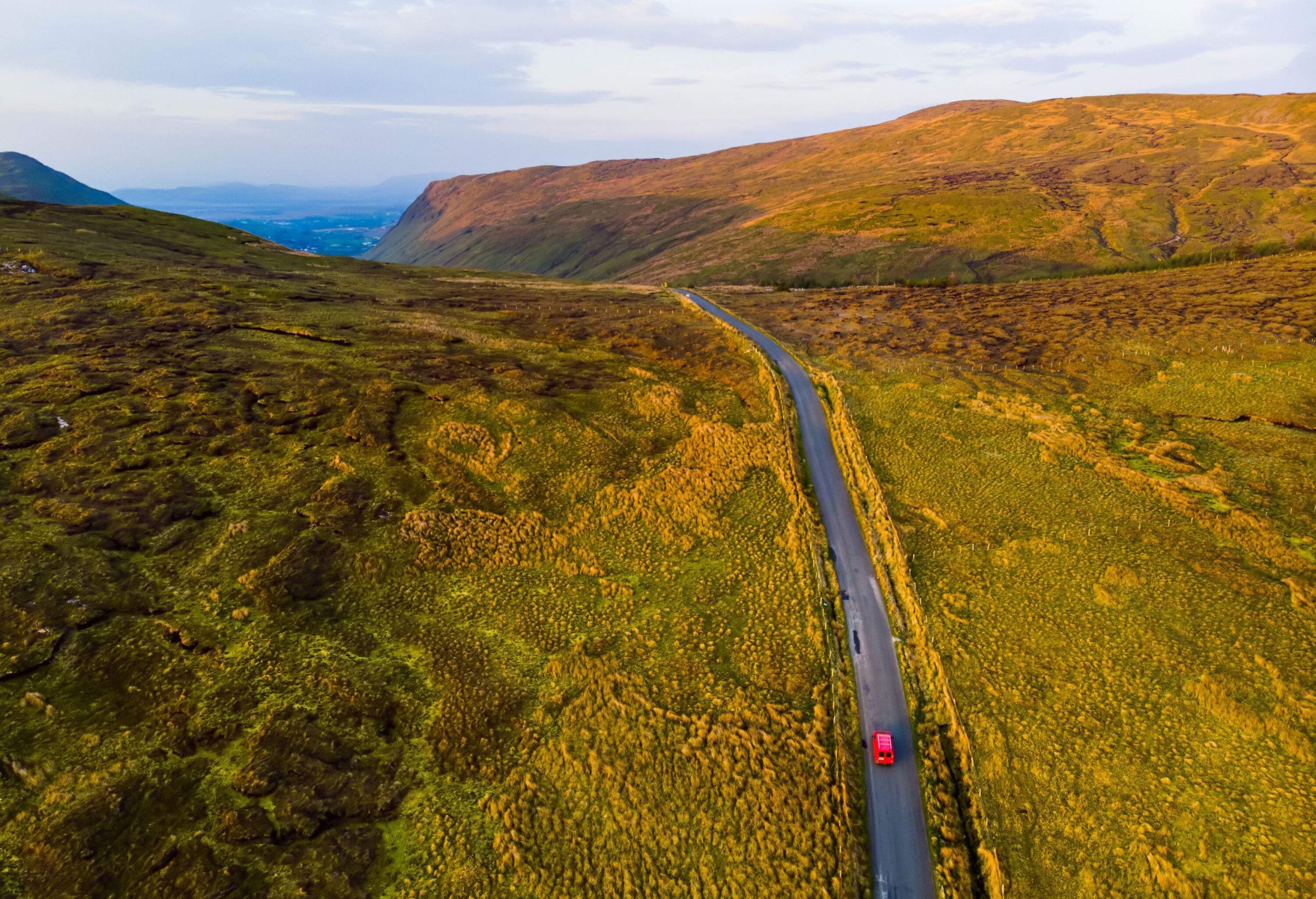
It might be the standard for UK drivers, but left-hand traffic is a fascinating aspect of global traffic systems for those coming from countries with right-hand traffic system. In countries with left-hand traffic, driving takes place on the left-hand side of the road, while the driver sits on the right side of the car. This can be confusing for travellers from countries with right-hand traffic. It is important to remember that this traffic rule affects not only car drivers but also pedestrians and cyclists.
Left-hand and right-hand traffic systems don't differ only in terms of which side of the road cars and other road users travel on, but vehicles must be designed and built to different specifications, as the driver sits on the opposite side of the motor vehicle, depending on the traffic system in place.
Why do some countries drive on the left?
You might think it's normal, but for many people, the fact that we drive on the left in the UK is highly unusual. Right-hand traffic systems might be dominant, but the UK is the birthplace of left-hand driving!
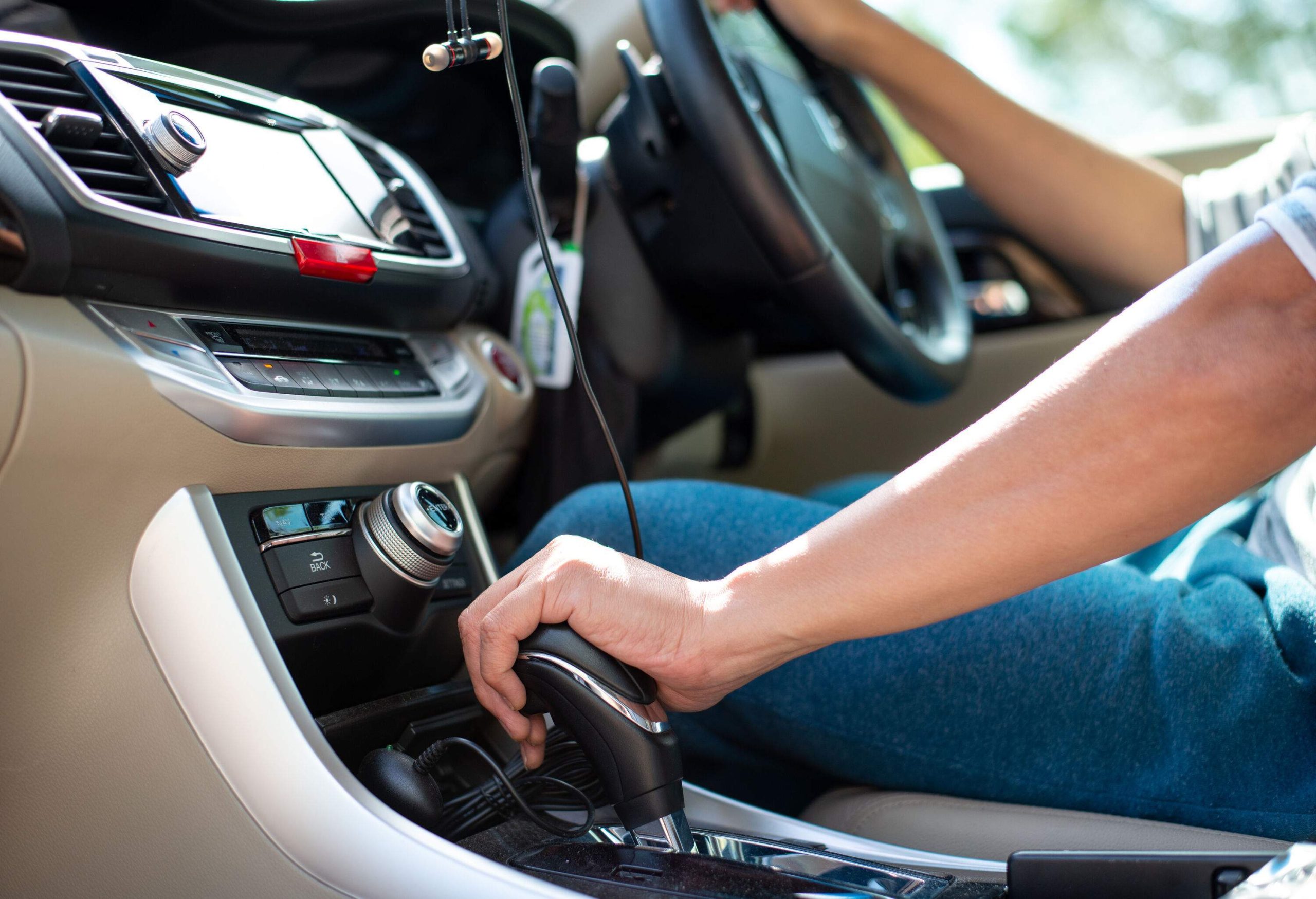
When you look at a world map to see the countries that drive on the left, it coincides almost exactly with the former British Commonwealth. In other words, all the countries that were British colonies at the beginning of the 20th century. That said, left-hand traffic exists in a few additional exceptions, such as in Japan.
To understand why the UK didn’t even think about doing it like the rest of the world and introduce right-hand traffic, one has to understand what a strong and dominating world power the British Empire was. It used to be said that the sun never set on England during Queen Victoria's reign and that was somewhat true. The British Empire was for a time synonymous with the whole world, or at least with a very large part of the world. So when many countries began switching to right-hand traffic just a few decades after this pinnacle of empire-building, we Brits couldn’t find a reason to do the same. What one did on the periphery of the world, as the other countries were seen by Great Britain, was considered pretty unimportant.
Therefore, left-hand traffic is still prevalent today in those countries that at the beginning of the 20th century belonged to or were closely connected with Great Britain.
The countries that transitioned from left- to right-hand traffic
Almost for the entire 20th century, there has been a slow transition from left-hand traffic to right-hand traffic in Europe. Portugal switched in 1928 and many other countries followed suit. Countries such as Austria and Hungary introduced right-hand traffic when they were occupied by Nazi Germany just before and during World War II.
Iceland switched to right-hand traffic in 1968. Sweden first started with right-hand traffic in 1718, changed to left-hand traffic for over two centuries afterward, and went back to right-hand traffic in 1967.
In the US it was the state of New York that officially introduced right-hand traffic in 1804. Over the next decades, the other states followed. Interestingly enough the first cars came with a driver’s seat on the right, copying where most carriage or wagon drivers would sit. It was only in 1908 that Ford introduced the first model with a left-side driver’s seat.
Which countries drive on the left today?
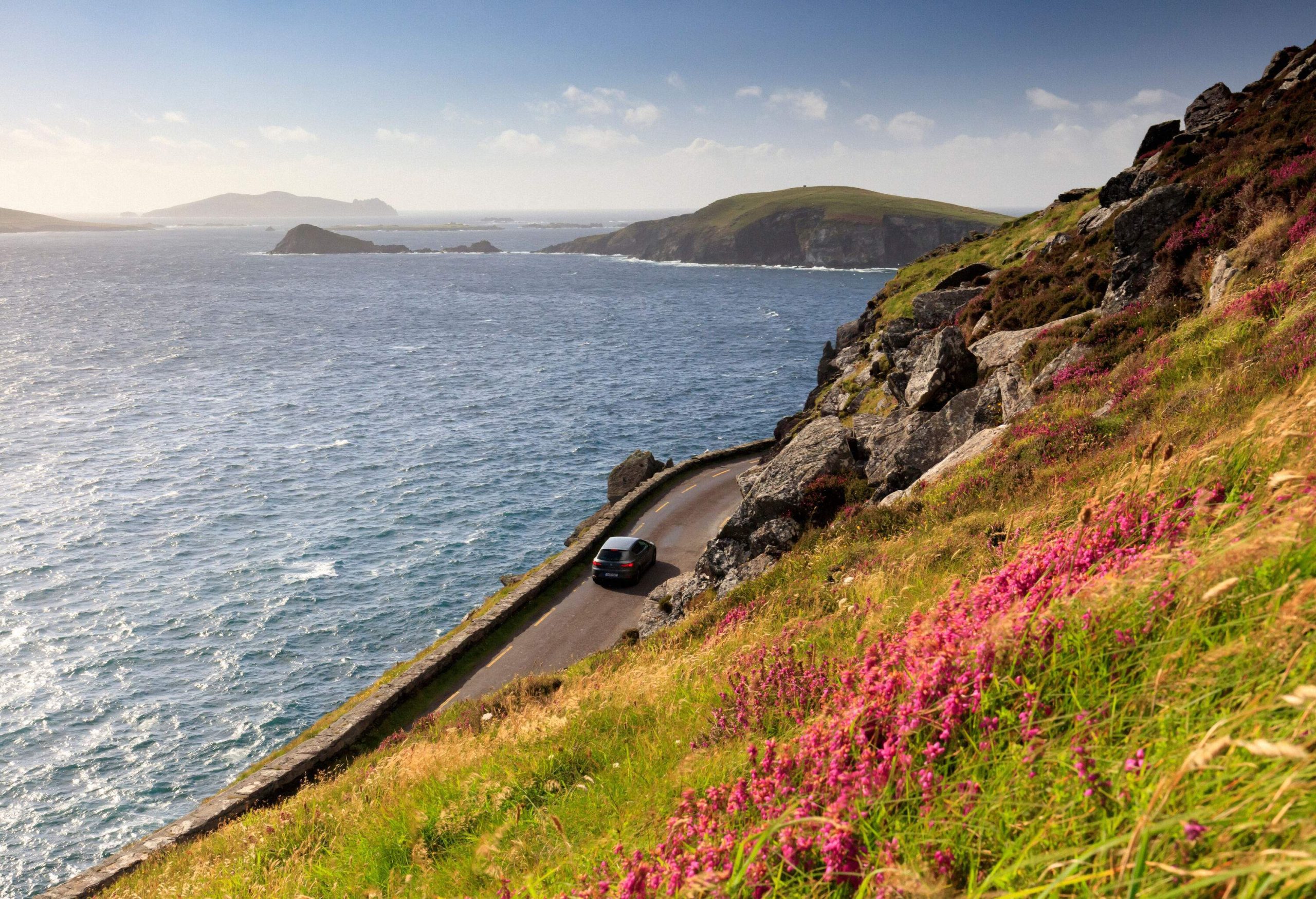
As we have seen, left-hand traffic today generally still relates to Great Britain and its former colonies. Only four countries in Europe have left-hand traffic these days. These are Great Britain, Ireland, Malta, and Cyprus. All of those countries lack fixed road connections with right-hand traffic countries. The car tunnel under the English Channel is one of the few exceptions.
For practical reasons, you drive on the right in the small British Overseas Territory of Gibraltar. This is because the only land connection is to Spain, where you drive on the right.
Outside Europe, left-hand traffic occurs more often. In Asia, the following regions and countries drive on the left: Bhutan, Brunei, Hong Kong, India, Indonesia, Japan, Macao, Malaysia, Maldives, Nepal, Pakistan, Singapore, Sri Lanka, Thailand, Bangladesh, and East Timor. Japan drives on the left because British engineers designed the country's first railway and introduced left-hand traffic.
In Africa, you have left-hand traffic in Botswana, Lesotho, Malawi, Mauritius, Mozambique, Namibia, St. Helena, Seychelles, Swaziland, South Africa, Tanzania, Uganda, Zambia, Kenya, and Zimbabwe.
Australia, New Zealand, and some island nations in the Pacific also drive on the left side.
In the Caribbean, Jamaica, Trinidad-Tobago, Grenada, Cayman Islands, Bahamas, Barbados, Dominica, Saint Kitts & Nevis, and Saint Vincent & the Grenadines have left-hand traffic, as do Suriname and the Falkland Islands in South America.

